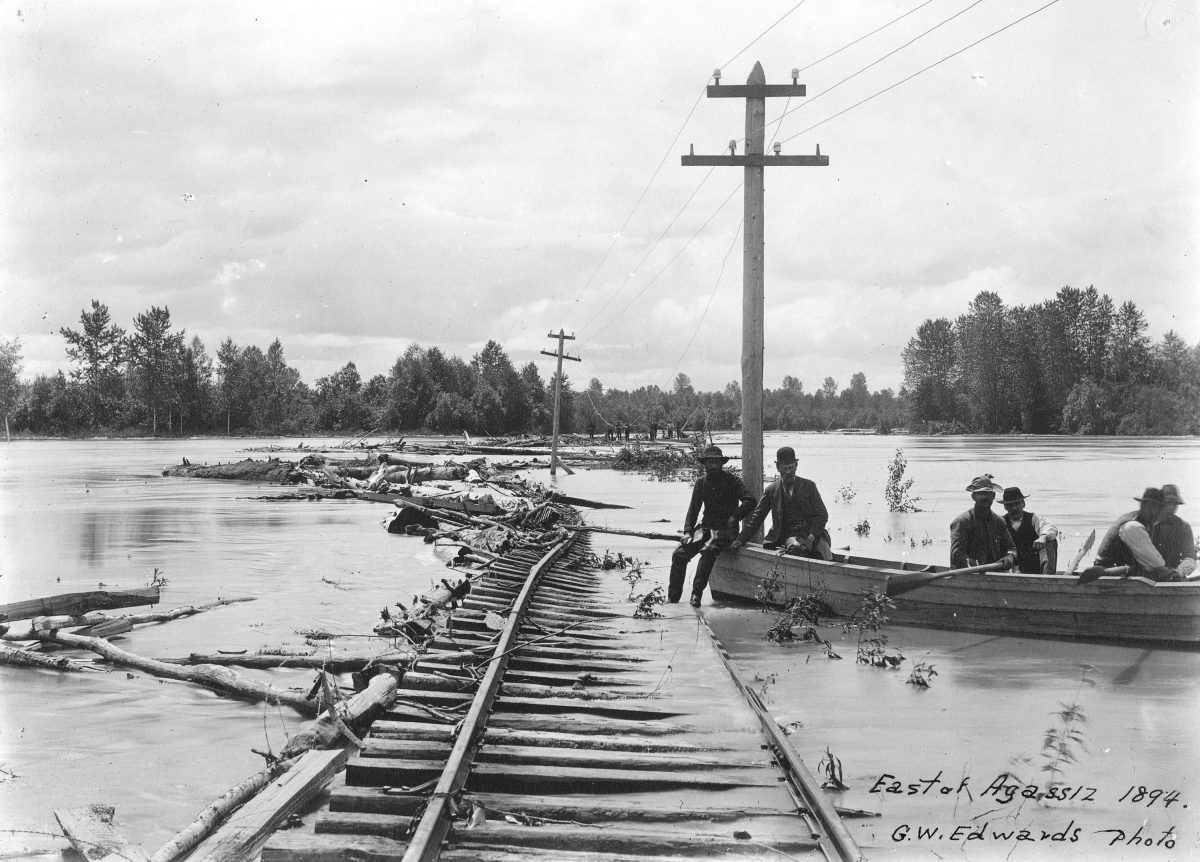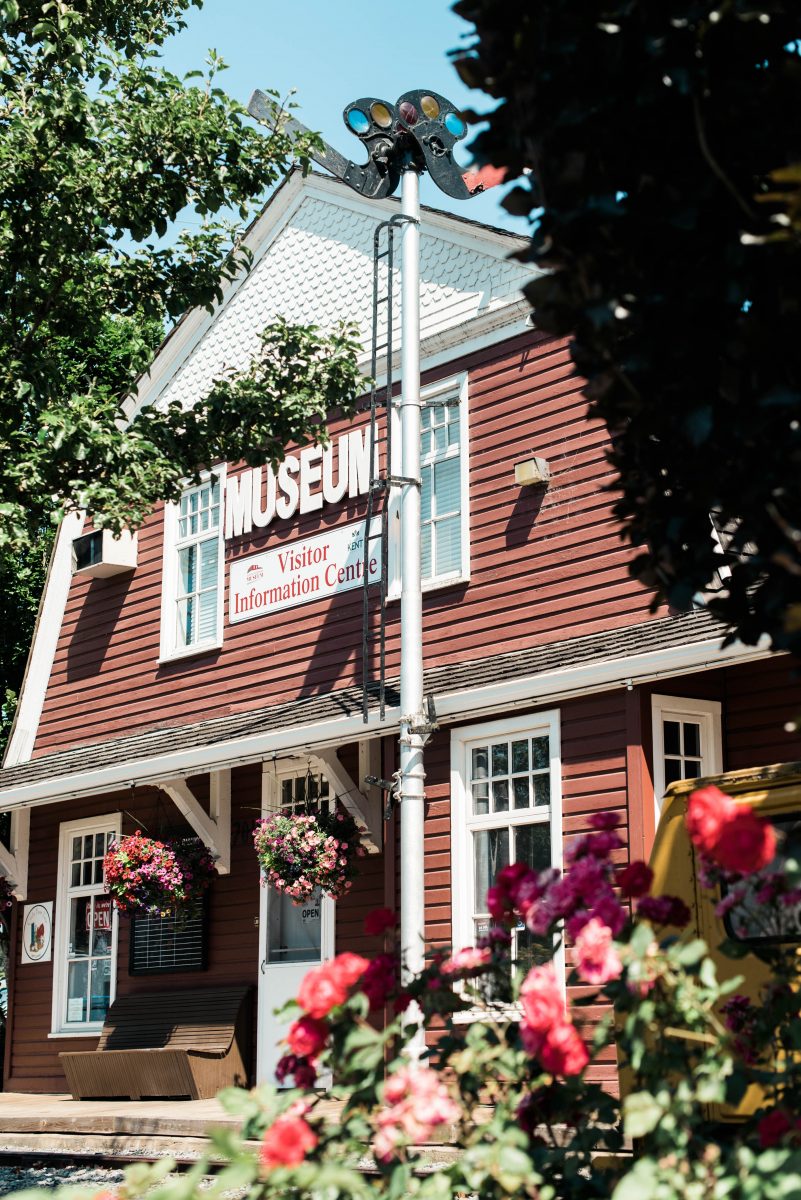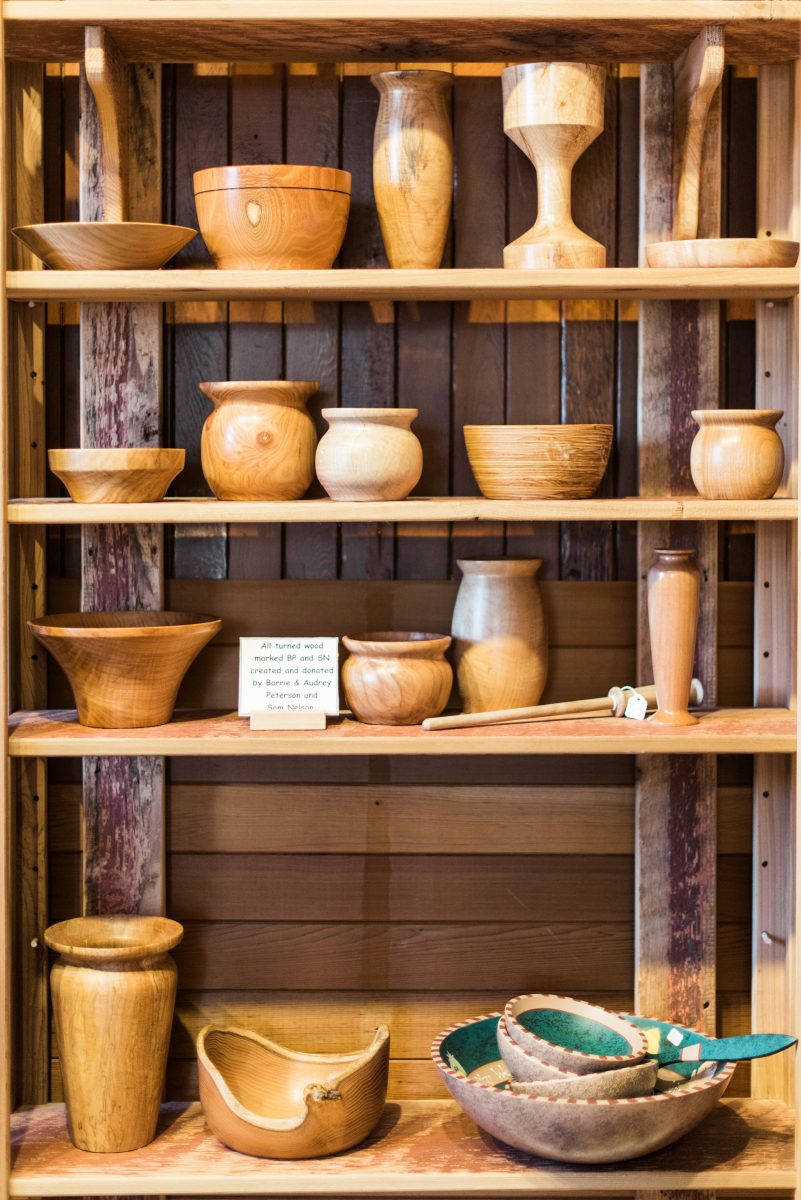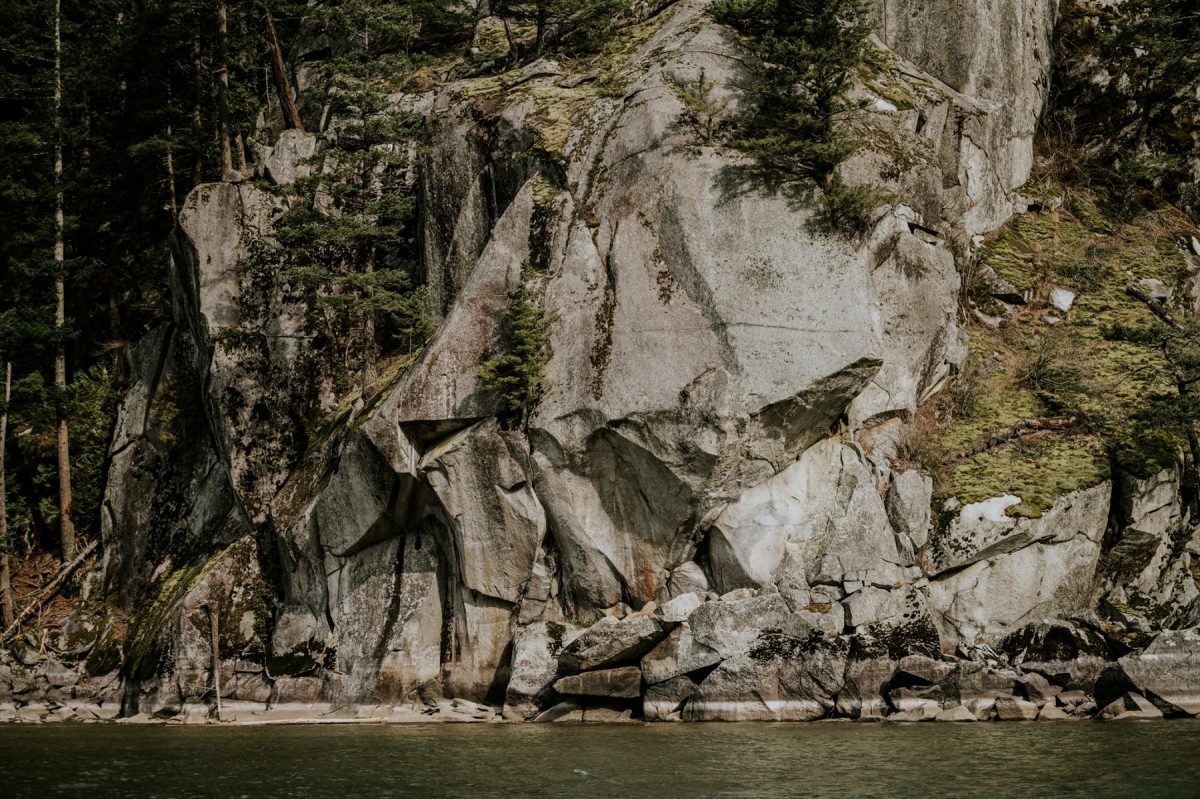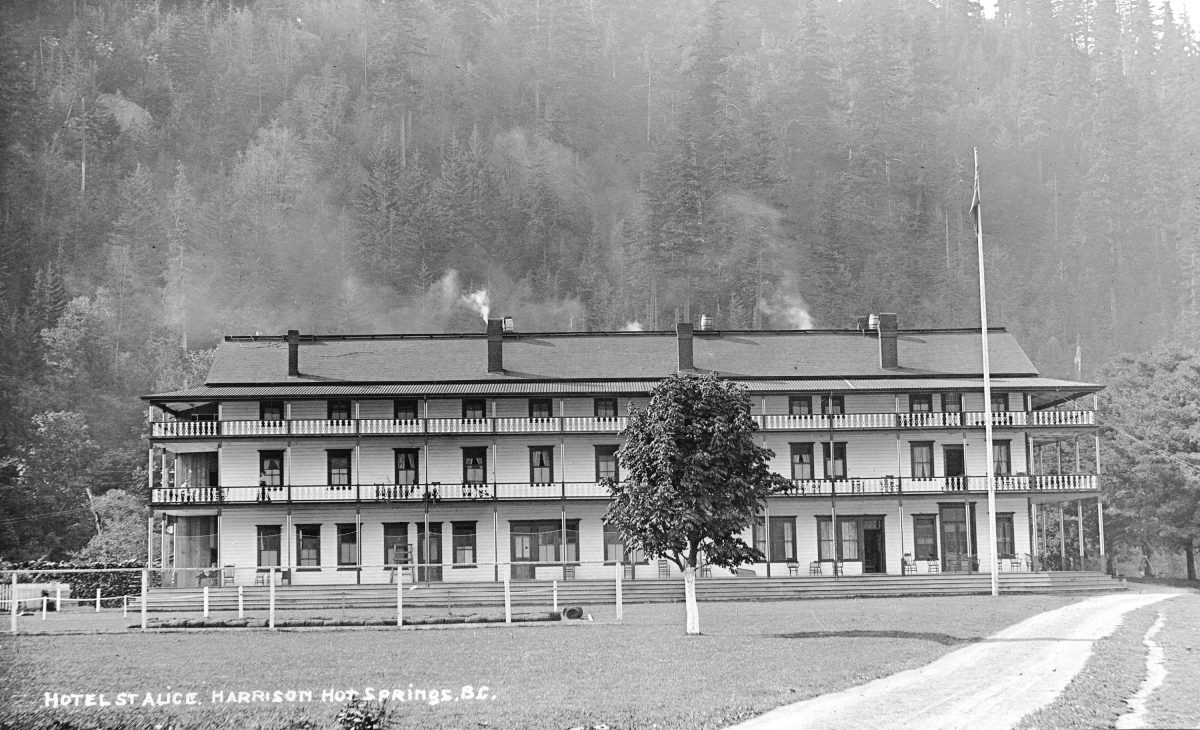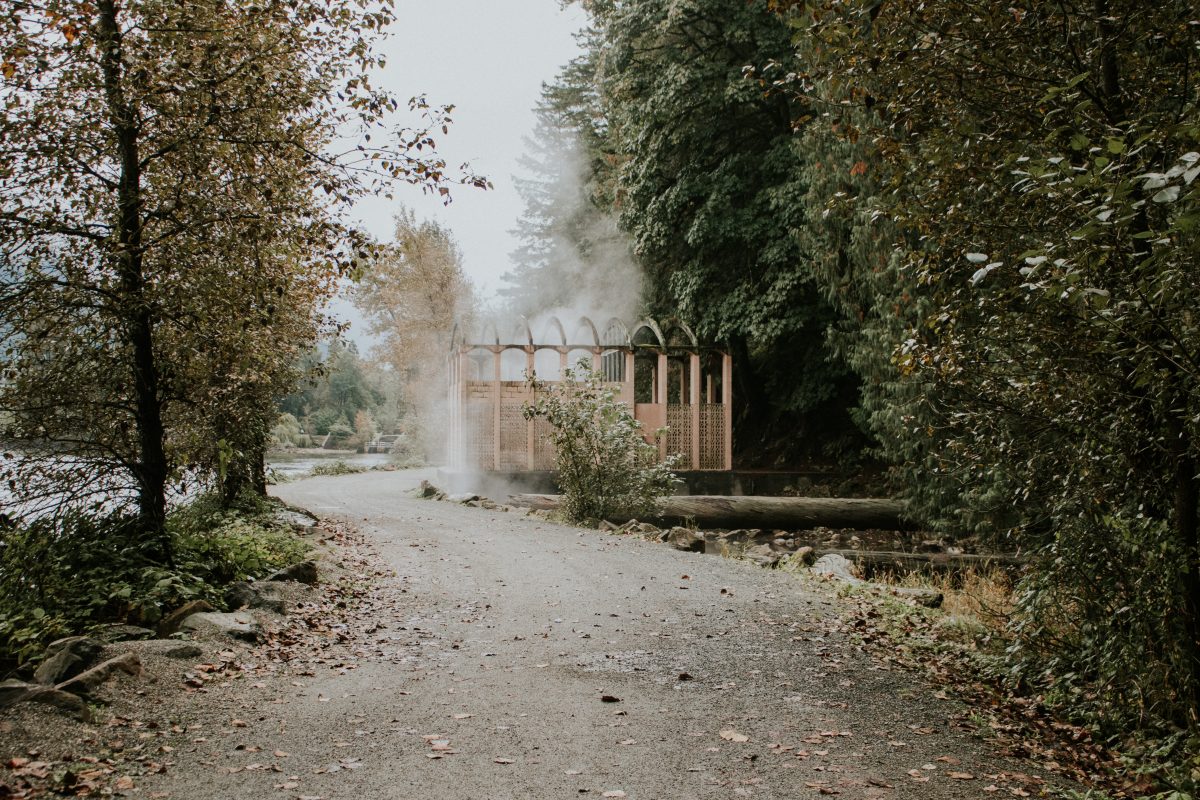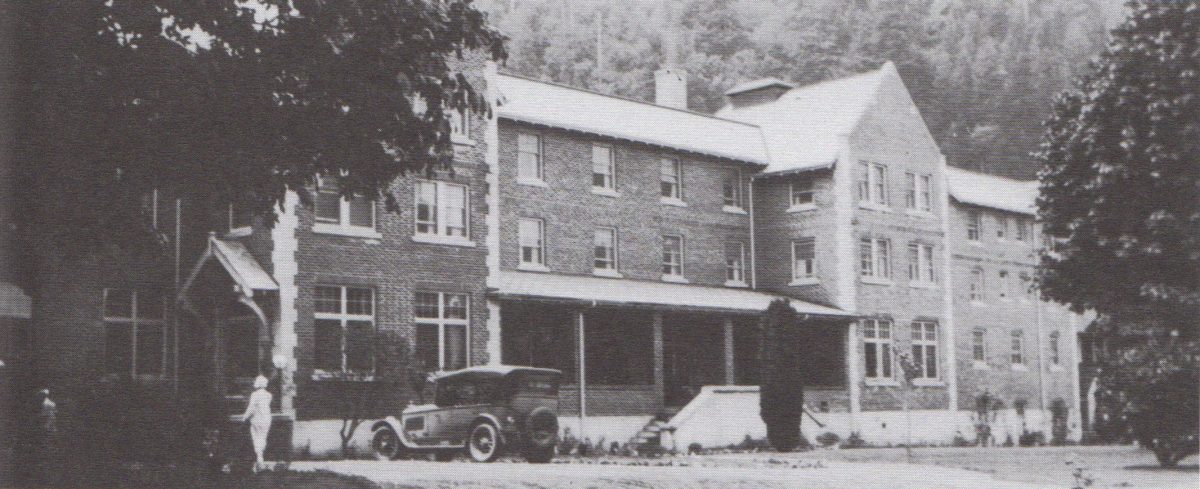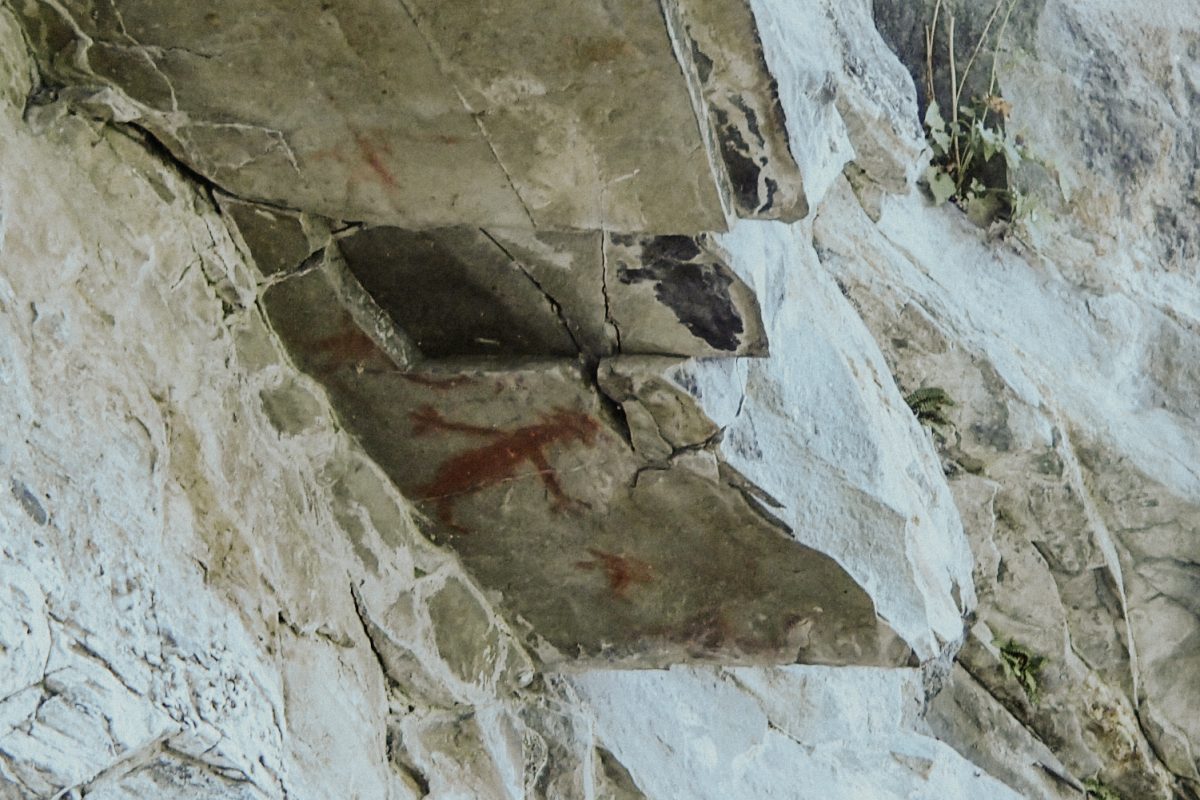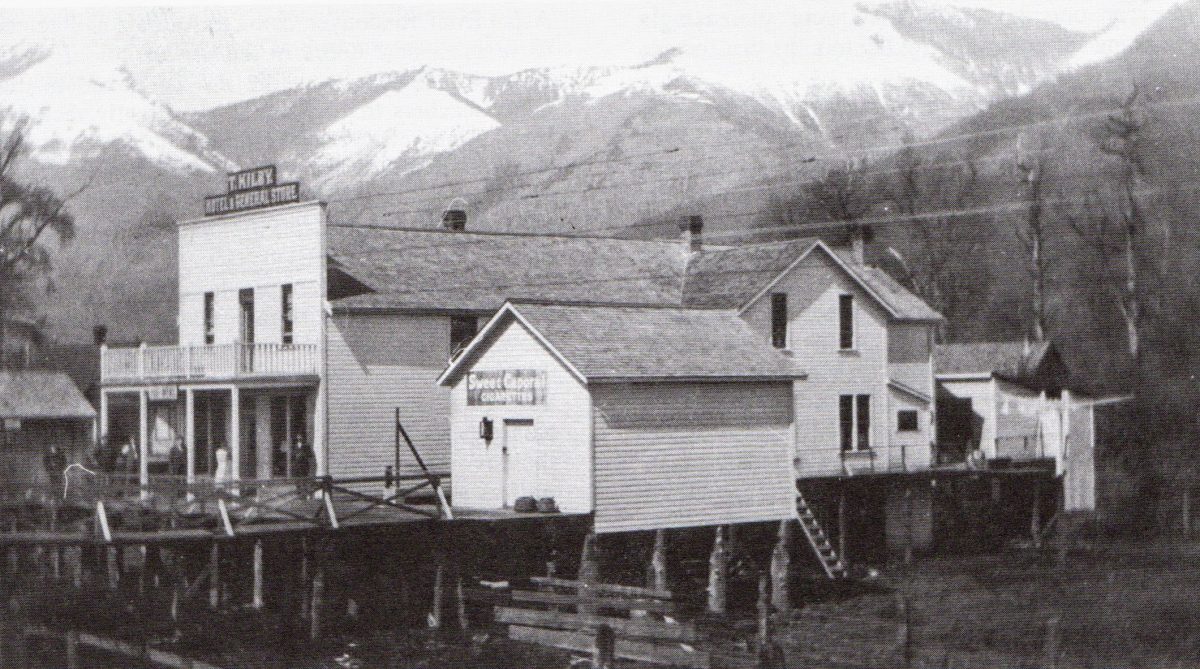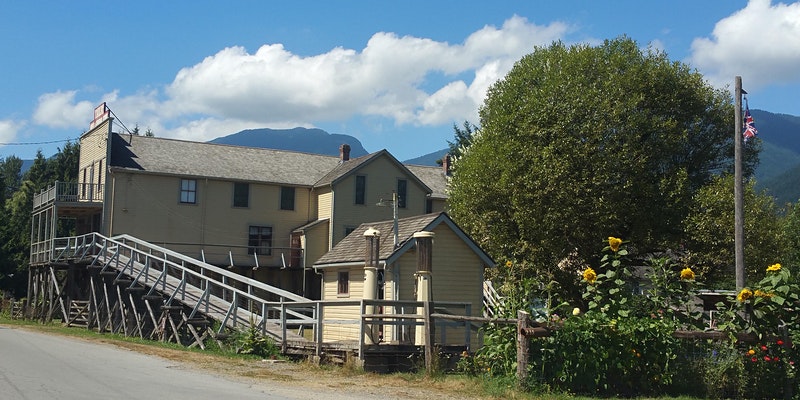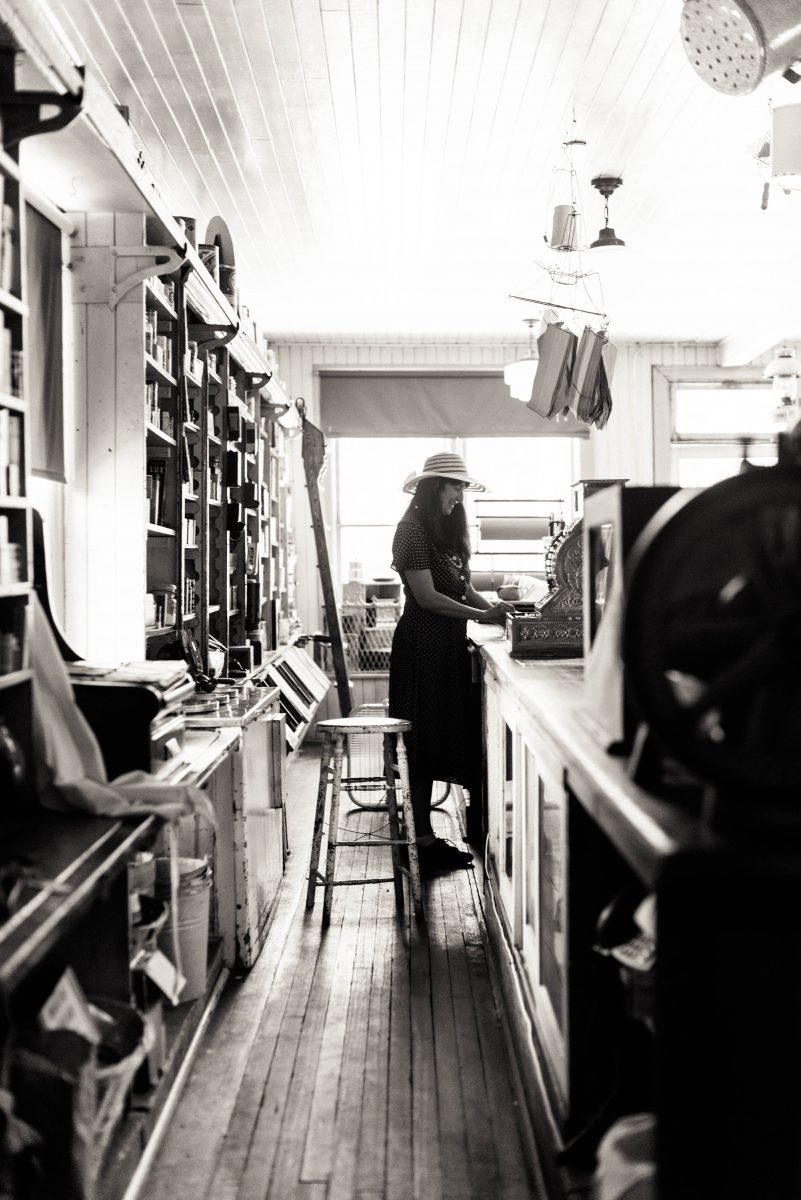Our History
The historical roots in the Harrison River Valley run deep- from our Indigenous culture and world renowned hot springs to our family friendly historic sites and museums– each community has its own unique origin story. Our stories and traditions can be found in the petroglyphs along our waterways, in our agricultural soil, and carefully preserved in our historic sites and museums. Click through the tabs below to uncover the history of the Harrison River Valley.
Pastoral beauty and world-class attractions await you in Agassiz. Steeped in history and replete with farm-fresh local food, the township is surrounded by forests and fish-laden rivers.
The area is the traditional territory of the Sts’Ailes (Chehalis), Sq’éwlets (Scowlitz), Seabird Island peoples, who continue to call it home today. In the early 1800s, European settlers in the search of furs, gold and farmland travelled down the Sto:lo River, which is also called the Fraser River after Scottish explorer and fur trader Simon Fraser. Among them were Lewis Nunn Agassiz, a retired captain of the Royal Welsh Fusiliers, and his family. They voyaged by steamer to settle the township that now bears their name in 1867, erecting their Fernie Coombe homestead that soon doubled as a store and post office.
The arrival of the Canadian Pacific Railway in 1885, and the building of the Agassiz Train Station in 1893, brought with it new opportunities for transporting goods and people. Soon a small farming community sprouted up alongside the community’s main crops: roots, potatoes and hops, as well as beef and dairy farms. In 1895, Agassiz became part of the newly established District of Kent, named after the English county of Kent that was famous for its hops crops. A highly resilient and industrious community, Agassiz survived the devastating flood of 1948. Farmland and homes were lost after a combination of a late and unusually warm spring raised the Fraser/ Sto:lo River to the eaves of some houses. Damages are estimated to be in the ballpark of $20 million – the equivalent of around $215 million today.
Another part of Agassiz history is the Mountain Institution. Built in 1962, the penitentiary detained Sons of Freedom Doukhobors arrested for damaging property in the Kootenays. Followers of the anarchic Freedomites group set up a tenement camp beside the institution in solidarity with their brethren, remaining there until the last of the prisoners were released in 1972. The location of the former camp is now home to the Valley View Cemetery.
If you are craving hot springs in British Columbia, look no further than the healing hot mineral waters of Harrison Hot Springs. Known as Kwals, meaning boiling water, the hot springs have been revered as a healing place by members of the Coast Salish people and local Sts’ailes First Nations for thousands of years. Sts’ailes stories and traditions can be seen all around our waterways, from the petroglyphs at Doctor’s Point and throughout the Harrison River to the recently discovered ancient pit houses near Sts’ailes beach.
A group of European settlers are said to have stumbled upon the hot springs in 1858 when their boat capsized in rapids en route to the gold fields. Instead of plunging into frigid waters, the crew was pleasantly surprised to be greeted by warmth that many returned to regularly afterwards to relax and enjoy.
Around this time, the settlement surrounding the hot springs became known as St. Alice’s Well, named after Alice Douglas, one of the daughters of British Columbia’s first governor, James Douglas. The name was eventually changed to Harrison Hot Springs to commemorate Benjamin Harrison, a deputy governor of the Hudson’s Bay Company from 1835 to 1839. The St. Alice Hotel and Bath House were built soon after the railroad reached Harrison Mills in 1885, and Harrison Hot Springs has been a resort destination ever since.
With coastlines carved by the Harrison and Fraser rivers, Harrison Mills is a Fraser Valley gem surrounded by wild salmon runs, rugged mountain peaks and verdant forests. The community, located in the District of Kent between Agassiz and Mission, and about 100 kilometres east of Vancouver, was formerly named Carnarvon, after the fourth Earl of Carnarvon, Henry Herbert Molyneux. The honour of its present namesake belongs to mid-1830s Hudson’s Bay Company deputy governor, Benjamin Harrison.
The Gold Rush of the 1800s brought prospectors to the area, and its lush tree stands attracted the Harrison River Mills Timber and Trading Company, which incorporated in November 1899. The Harrison Mills school and church were erected in 1901 to meet the needs of the growing population. Soon after, residents Thomas and Eliza Kilby opened the Kilby Store to provide goods to locals and travellers, which was followed closely by the Manchester Hotel, built in 1907.
The Kilby General Store Museum and Manchester House Hotel and Post Office continue to form part of a five-acre BC Heritage attraction, with the Kilby Store world-class historical site featuring early 1900s history and costumed interpreters.
Harrison Bay, just west of Harrison Mills, is home to the Scowlitz (Scaulits) First Nation and Sts’Ailes or Chehalis First Nation. The Scowlitz First Nation’s famously-carved and large longhouse villages, and the Scowlitz Mounds/ Fraser Valley Pyramids, are now part of an sacred archaeological site on the Harrison Mills side of the bay.


